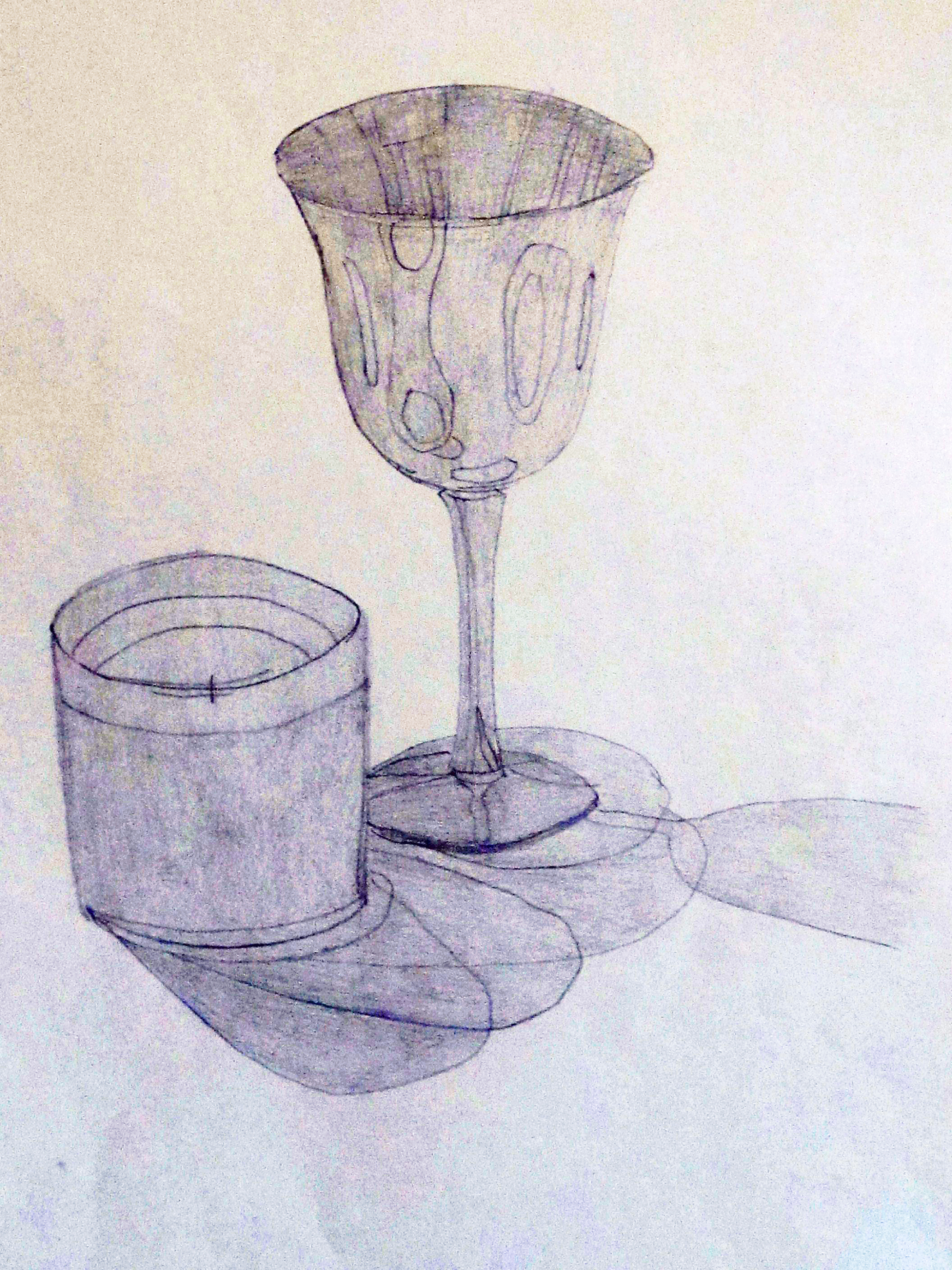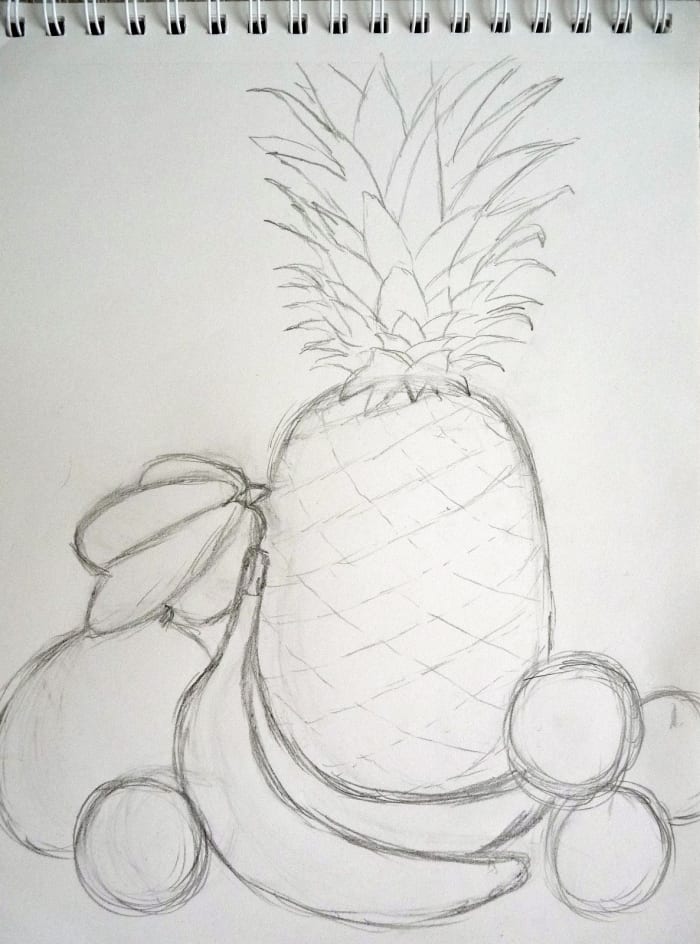


(No naughty hand gestures please, you crazy teenagers, you!) We are still working with just line. If you are a lefty, draw your RIGHT hand twice. Focus your attention on a spot on one of the objects contours about the size of. If you are right handed, draw your LEFT hand twice. I have good news: the worse your drawing skills are, the easier todays. To progress, draw with varying thickness and strength of the line. As a general rule, to generate contour drawing ideas, begin by drawing uncomplicated objects such as an uncomplicated still-life object such as a flower or a piece of fruit.

Using two pages in your sketchbook, you will draw your hand twice, in two different positions. One of the simplest forms of linear drawing that students can use to study and reproduce their drawing. Stare at your object, and make your hand follow your eye as you work your way around it. Here are the rules for Modified Contour Drawing:ģ. This is what we call "modified" contour, or just plain, "contour" drawing. No more blind contour torture! We will continue to work with contours, but now the rules will change. Step 7: Modified Contour: Hands (20 Points) *CHECK IN!! Done with your beautiful blind contour portraits? Great! Now come show me for your points!*- We typically use contour lines to define the edges of objects and details within them. Watch one of these videos to get a sense of what it's like: (the guy on the right goes WAY too fast though, so keep that in mind!) Go slower than you could possibly imagine, then go even slower!!! Keep your eyes on the object and work your way around it.Ĥ. Do not lift your pencil off the paper once you start drawing. One is to use cv2.RETREXTERNAL instead of cv2.RETRTREE and the 2nd is to filter out small contours.
#EASY CONTOUR DRAWINGS OF OBJECTS HOW TO#
Your question was how to remove the small contours inside. (I have paper plates you can use for this).Ģ. Notice in this image, the small contours inside the pen and unwanted contours in the paper were detected. You can place many trees together to create a forest scene. Use this tutorial as a guide and try drawing a large old tree, a pine tree, or a tree losing its leaves in the wintertime. Common still life objects include things like flowers, fruits, vegetables. Trees are fantastic because they can come in all kinds of different shapes. Don't you dare! Cover your drawing if you don't trust yourself. Still life drawings are drawings of non-living objects, arranged in a specific way, to create meaning or a visual effect. Now, how can something with the word "blind" in the title help us draw better?! Well, it forces us to slow down and take the time to do way more observation than we usually do when we just casually look at things.ġ. (Contour = the outline). This is the first step in improving our drawing. Remember the bicycle challenge? How important is it to really REALLY see what you are drawing? So, in order to practice our SEEING skills, we are going to do something called "blind contour".

Step 5: Blind Contour - Objects (20 points)ĭrawing is about 50% just SEEING. If your students have limited supplies, check out what to do when you’ve only got a pencil and paper. The best part is that the most simple materials, a piece of paper and a pencil, are ideal. *CHECK IN!! Done with st ep s 1, 2, 3, & 4? Great! Now come show me for your points!*- Drawing blind contours can be done with just about any art material. Most drawings only require a few minutes to benefit from the exercise.Īny mark-making tool can be used, but pens, markers, and graphite pencils are most commonly used.-Then, on the same paper where you drew the line challenge, draw the following: (Really stop and think about this)ġ. A sketchbook could be filled with them in a matter of days. Simple line drawings such as these can be created in any environment and do not require a hefty time investment. As artists, we need to spend a bit of time in practice to further develop our drawing skills. While focused mostly on describing the contours, shadows and form can also be communicated depending on the approach taken.Īside from the fact that a continuous line drawing can be a work of art in its own right, it is also a worthy drawing exercise for developing hand-eye coordination and observation skills. Although mostly created as an exercise, many continuous line drawings can stand on their own as finished works of art.Īs an exercise, continuous line drawing forces the artist to closely observe the perceived lines of the subject. A continuous line drawing is one in which a single, unbroken line is used to develop the image.


 0 kommentar(er)
0 kommentar(er)
